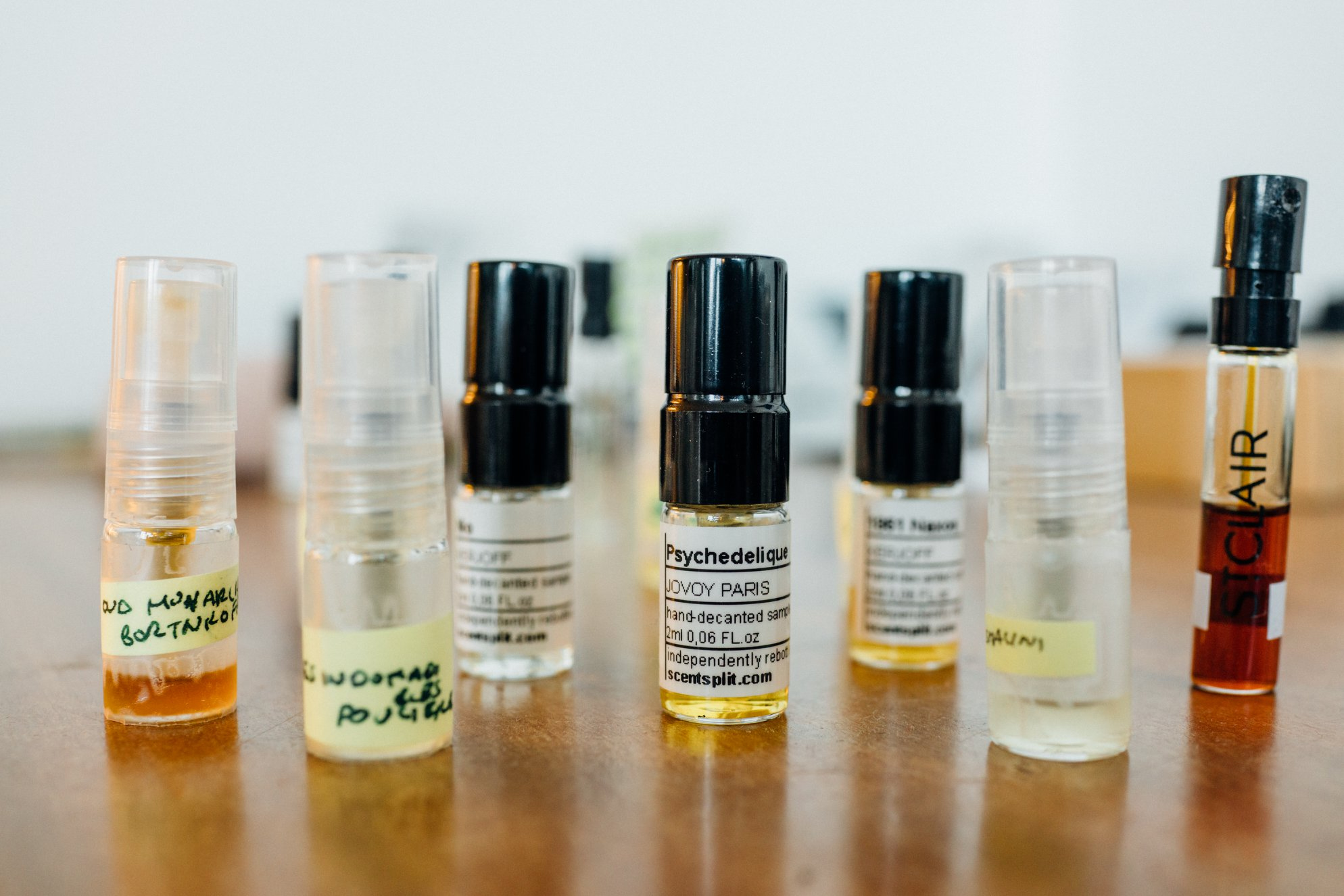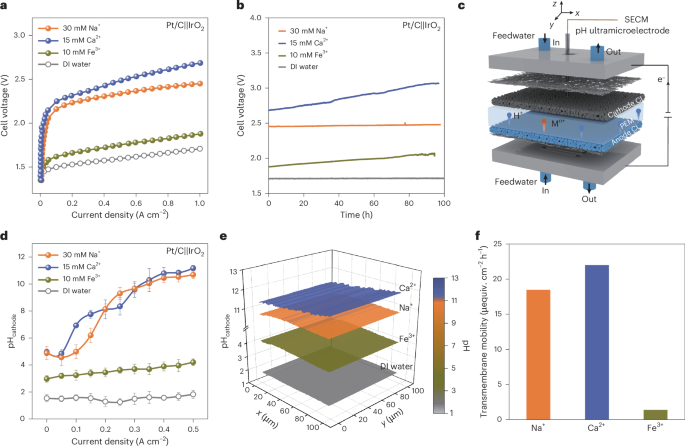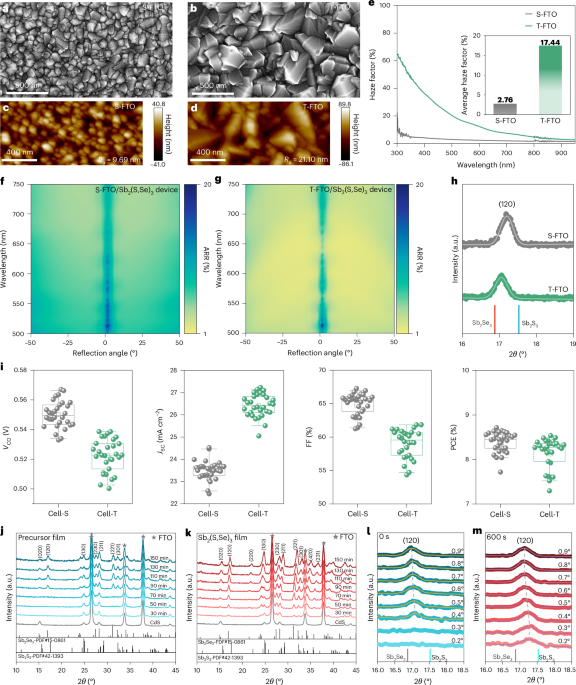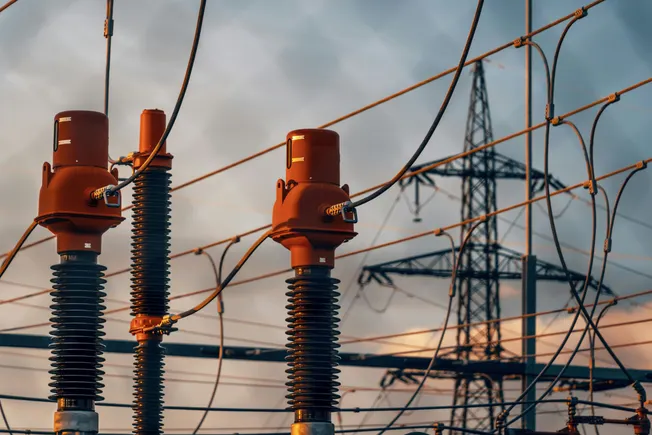Study of Void Evolution in Lithium Solid‐State Batteries: Integrating High‐Throughput Phase‐Field Modeling, Experimental Validation, and Machine Learning
Advanced Energy Materials, EarlyView.

This study develops a quantitative mechano-electrochemical phase-field model to characterize interfacial void evolution in solid-state lithium batteries. The framework integrates viscoplastic lithium flow, vacancy dynamics, and stress-regulated vacancy aggregation while capturing void shrinkage induced by layer-by-layer electrode stripping through the Butler-Volmer equation. High-throughput simulations and machine learning reveal synergistic factors affecting void growth.
Abstract
This study develops a coupled mechanical-electrochemical multiphase-field model to describe the evolution of interface voids during the discharge of solid-state lithium batteries. The model accounts for void collapse induced by the viscoplastic flow of lithium metal under stacking forces and incorporates the microscopic mechanisms of vacancy formation, diffusion, and aggregation, revealing the relationship between vacancy accumulation and void growth. It also accurately captures the effect of stress on vacancy aggregation. Using the Butler-Volmer equation, the study explores the dynamic shrinkage of voids during the electrochemical stripping process at the interface. Based on this model, the synergistic effects of stacking force and external current on void formation and evolution are systematically examined. Additionally, high-throughput phase-field simulations, experimental validation, and machine learning techniques are employed to analyze void growth patterns in different electrolyte materials under varying operating conditions. The results show that in the Li-LLZO system, void growth is primarily influenced by the combined effects of stacking pressure and current density, whereas in the Li-Argyrodite system, stacking pressure plays a more dominant role. These findings deepen the understanding of void evolution in solid-state batteries and provide a quantitative foundation for optimizing battery operation and enhancing interface stability.
























































![[Podcast] Trial Trailblazers: Behind clinical breakthroughs](https://imgproxy.divecdn.com/cr_gUY8HHfHKWVfM5mEkCyXB9OzVqKd0L_Zq5ZJQSoM/g:ce/rs:fit:770:435/Z3M6Ly9kaXZlc2l0ZS1zdG9yYWdlL2RpdmVpbWFnZS9CaW9QaGFybWFEaXZlX1BvZGNhc3RfY292ZXIxMzQ2eDcyOV9SMi5wbmc=.webp)



























































































